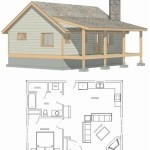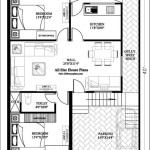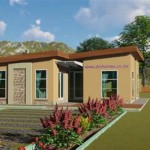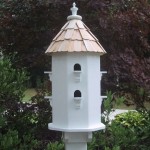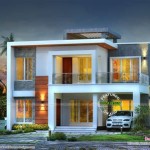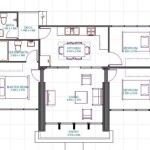Essential Aspects of House Plans Kenya Bungalows
Bungalows in Kenya, commonly known as single-story homes, continue to gain popularity due to their functional designs, affordability, and adaptability to various lifestyles. Understanding the essential aspects of house plans for Kenya bungalows is crucial for creating a comfortable and practical living space.
1. Site Orientation and Climate: Kenya experiences a diverse climate, so it's important to consider the site orientation and climate when designing a bungalow. The house should be positioned to maximize natural light and ventilation, while minimizing the impact of harsh weather conditions. Passive design techniques, such as shading and cross-ventilation, can help regulate indoor temperatures.
2. Functional Layout: The layout of a bungalow should ensure efficient use of space and create a comfortable flow between rooms. Common areas, such as the living room and dining area, are typically located centrally, while private spaces like bedrooms and bathrooms are situated for privacy. Open-plan designs can enhance the feeling of spaciousness and create a sense of connectivity.
3. Room Dimensions and Space Planning: The dimensions of each room should be carefully planned to accommodate furniture and movement comfortably. Adequate space should be allocated for circulation areas, such as hallways and corridors. Bedrooms should provide ample room for sleep, storage, and dressing. Bathrooms should be functional and well-ventilated, with proper separation between wet and dry zones.
4. Outdoor Living Spaces: Bungalows often incorporate outdoor living spaces, such as verandas, patios, or decks. These areas extend the living area outdoors and provide a place for relaxation, entertainment, or dining. The design of the outdoor spaces should complement the architectural style of the bungalow and create a seamless transition between indoor and outdoor environments.
5. Materials and Construction: The materials used in the construction of a bungalow should be durable, sustainable, and cost-effective. Common materials include brick, stone, concrete, and timber. The choice of materials should consider local availability, climatic conditions, and the desired aesthetic appeal.
6. Sustainable Design Features: Incorporating sustainable design features into a bungalow can reduce energy consumption and environmental impact. Solar water heaters, rainwater harvesting systems, and double-glazed windows can contribute to energy efficiency. Eco-friendly materials, such as bamboo flooring and recycled glass countertops, promote sustainability.
7. Customization and Flexibility: House plans for Kenya bungalows should allow for customization and flexibility to adapt to individual needs and lifestyles. Modification options may include adding extra bedrooms, extending the living areas, or integrating home offices. Choosing a plan that provides flexibility allows for future adjustments as families grow or needs change.
By considering these essential aspects, you can create a house plan for a Kenya bungalow that meets your lifestyle and aspirations. A well-designed bungalow offers a comfortable, functional, and aesthetically pleasing living environment that enhances well-being and creates a lasting home.

Arched 4 Bedroom Bungalow David Chola Architect

Three Bedroom Bungalow House Plans In Kenya To Co Ke

4 Bedroom Bungalow House Plan Kenya Marble Engineering

House Plans In Kenya The Deluxe Bungalow Plan Variations David Chola Architect

4 Bedroom Bungalow House Plan Kenya Marble Engineering

4 Bedroom Bungalow House Plan By Architect In Kenya Modern Plans

House Plans Kisumu West Kenya Real Estate Property Letting Management And S Bungalow Cost Design

House Plans Archives West Kenya Real Estate Ltd

What To Consider When Selecting House Plans In Kenya

Three Bedroom Bungalow House Plans In Kenya Hpd Consult Design Modern Style

